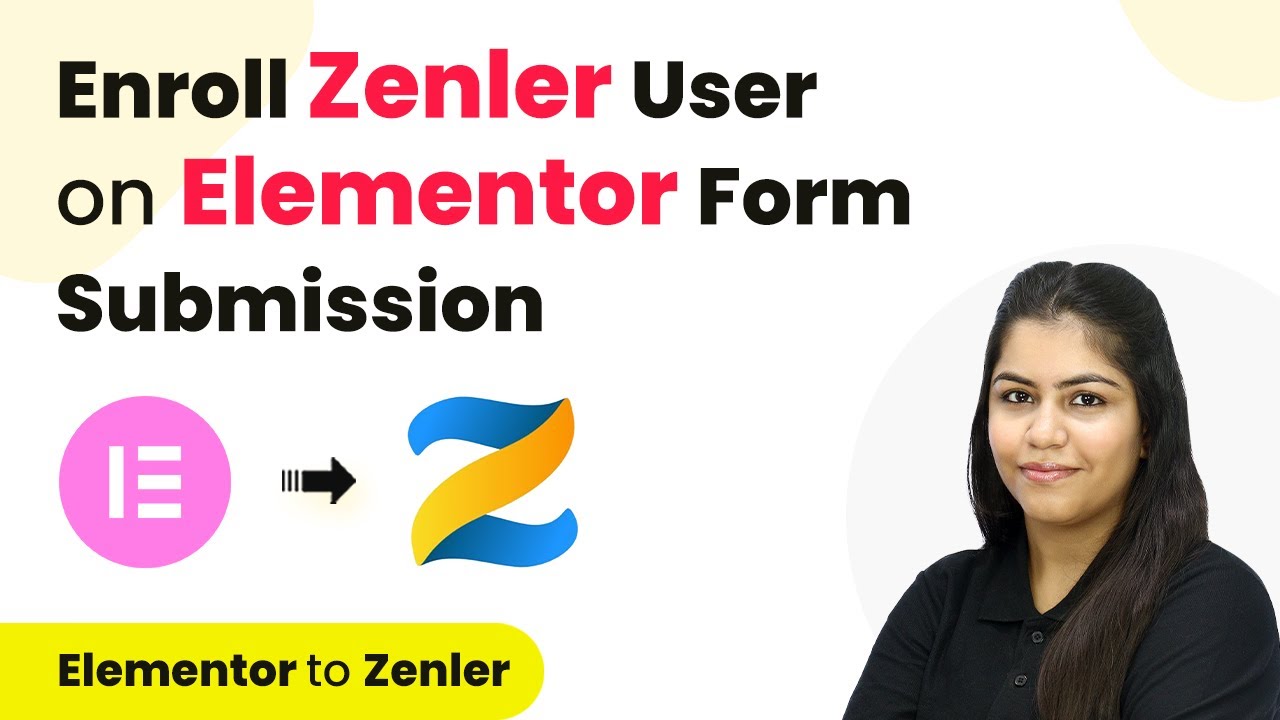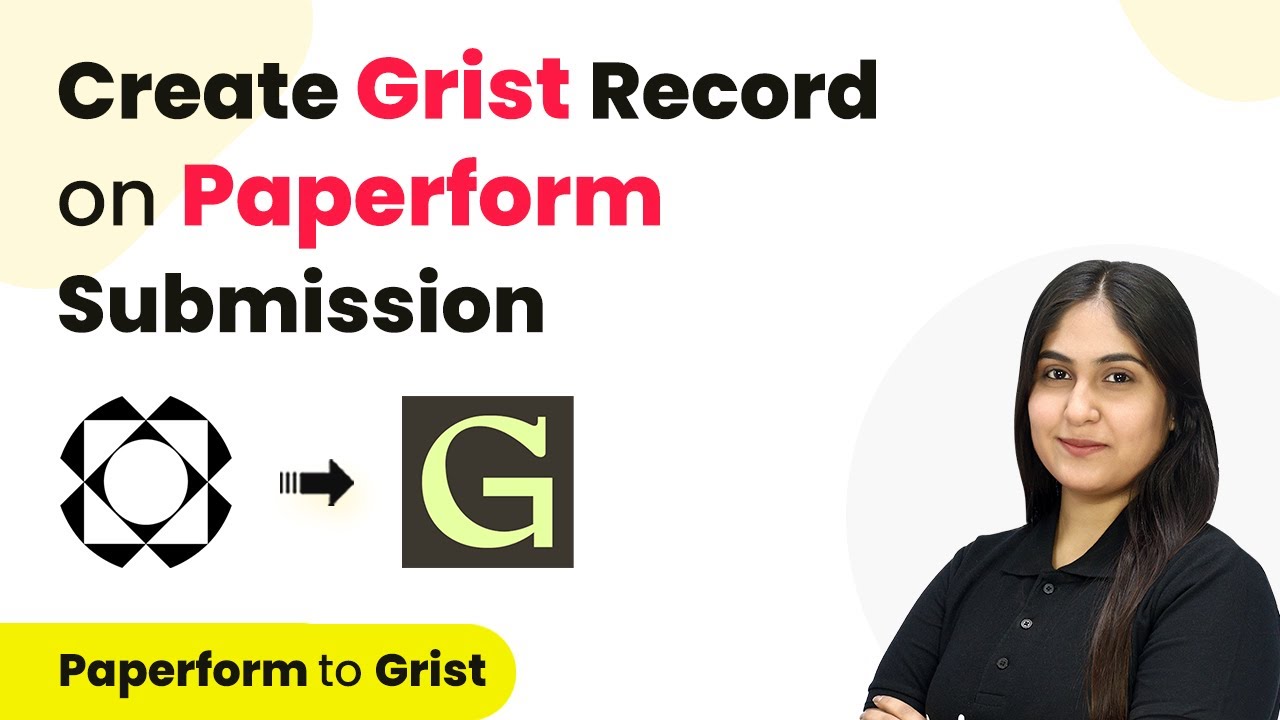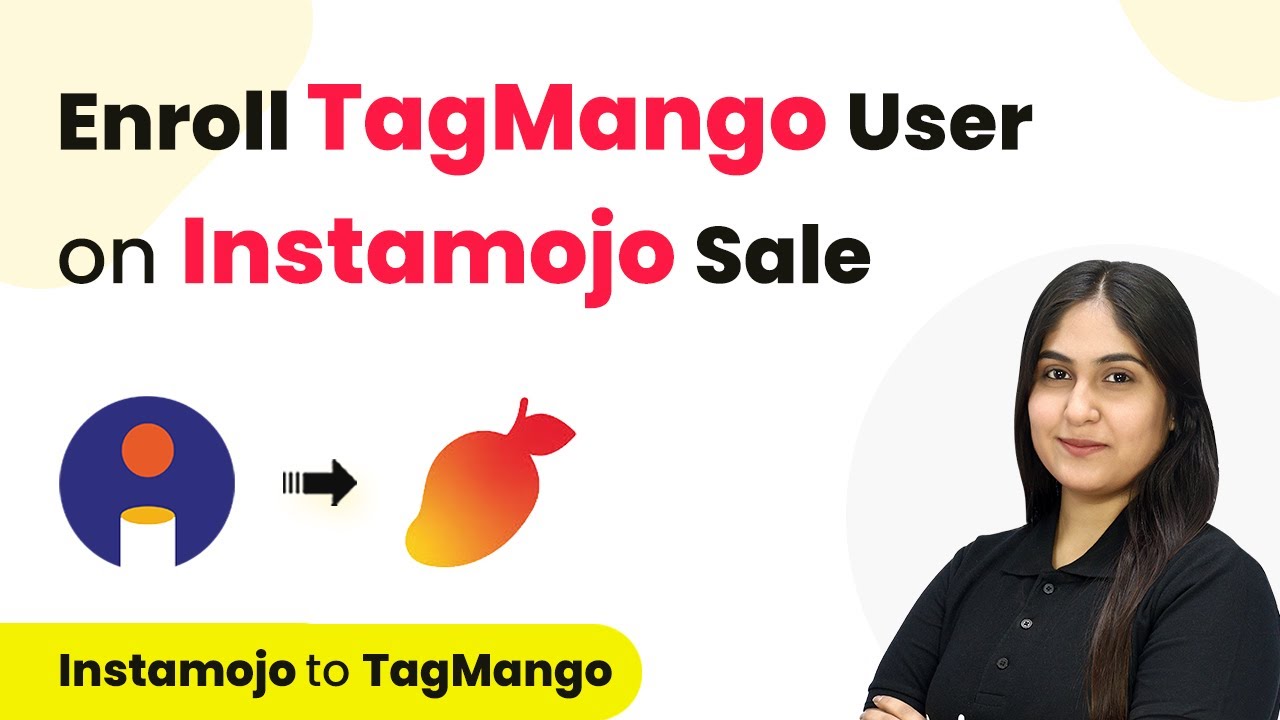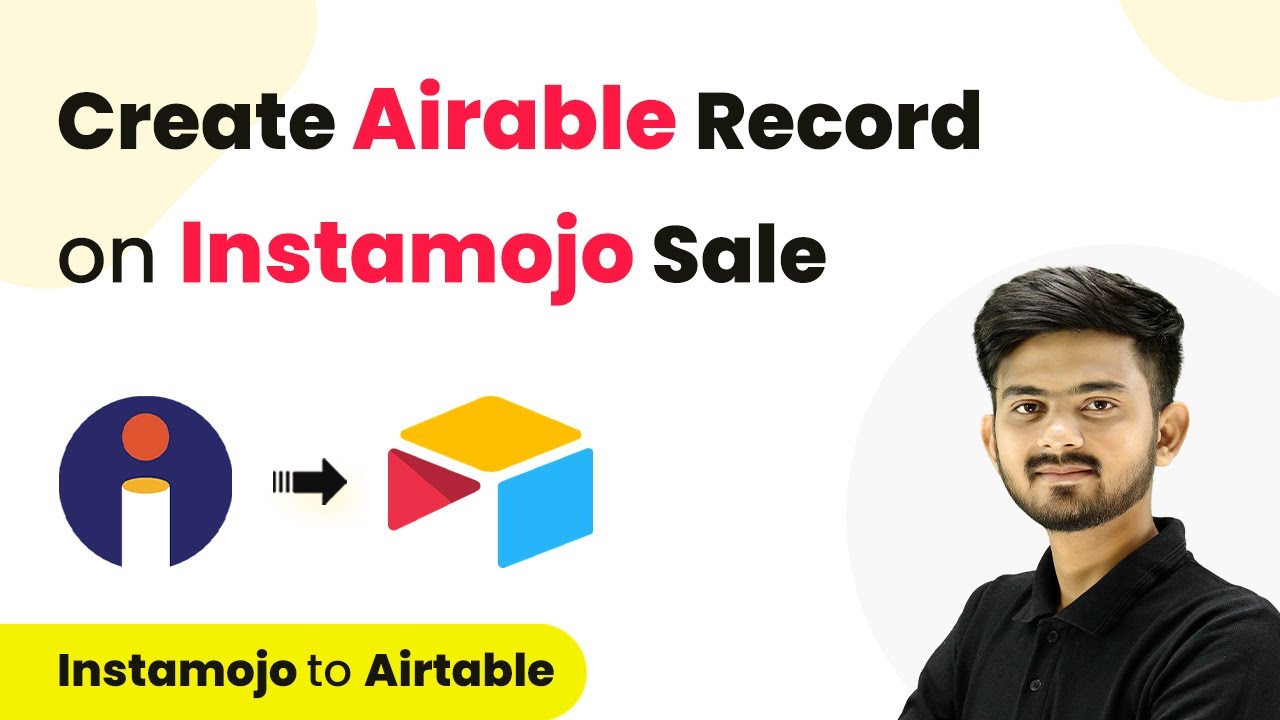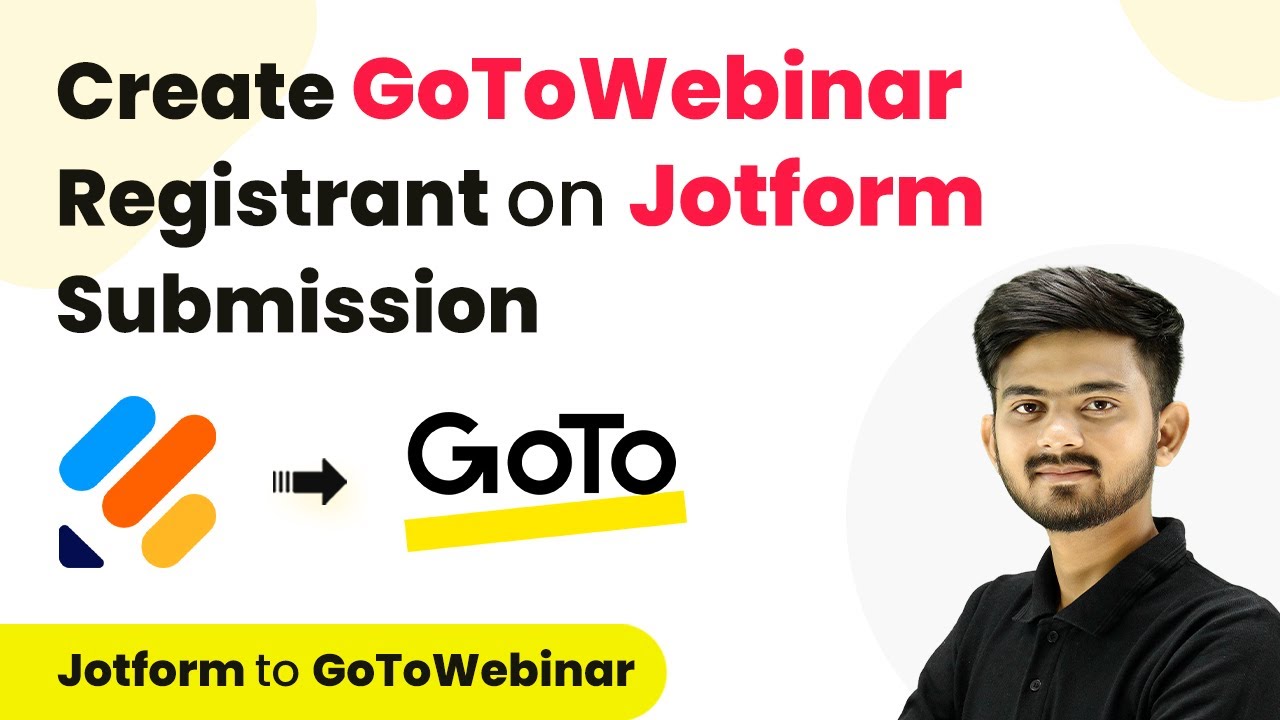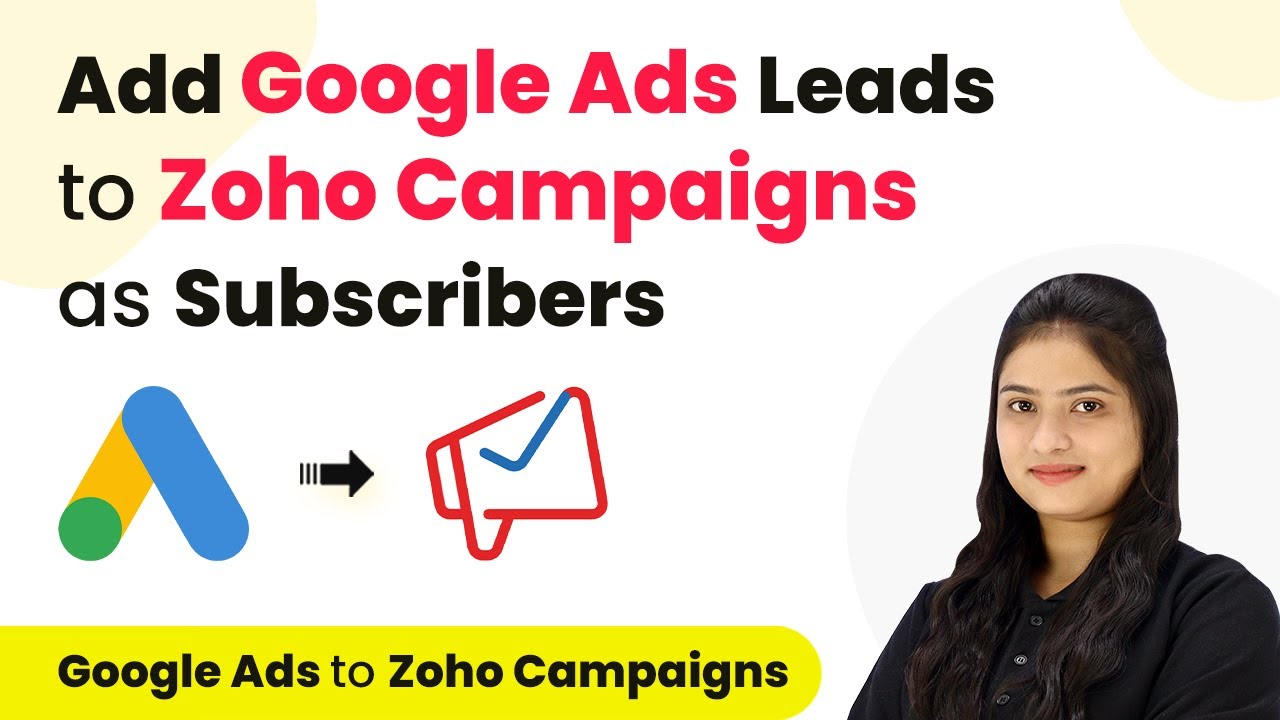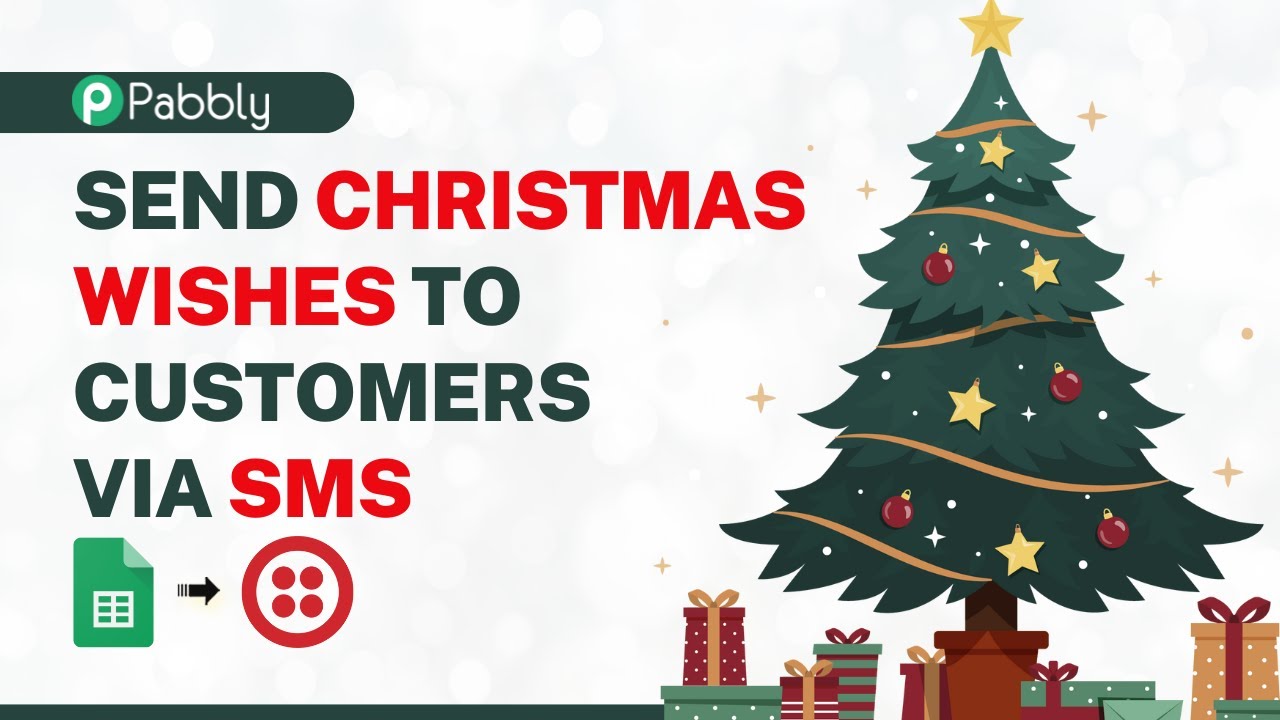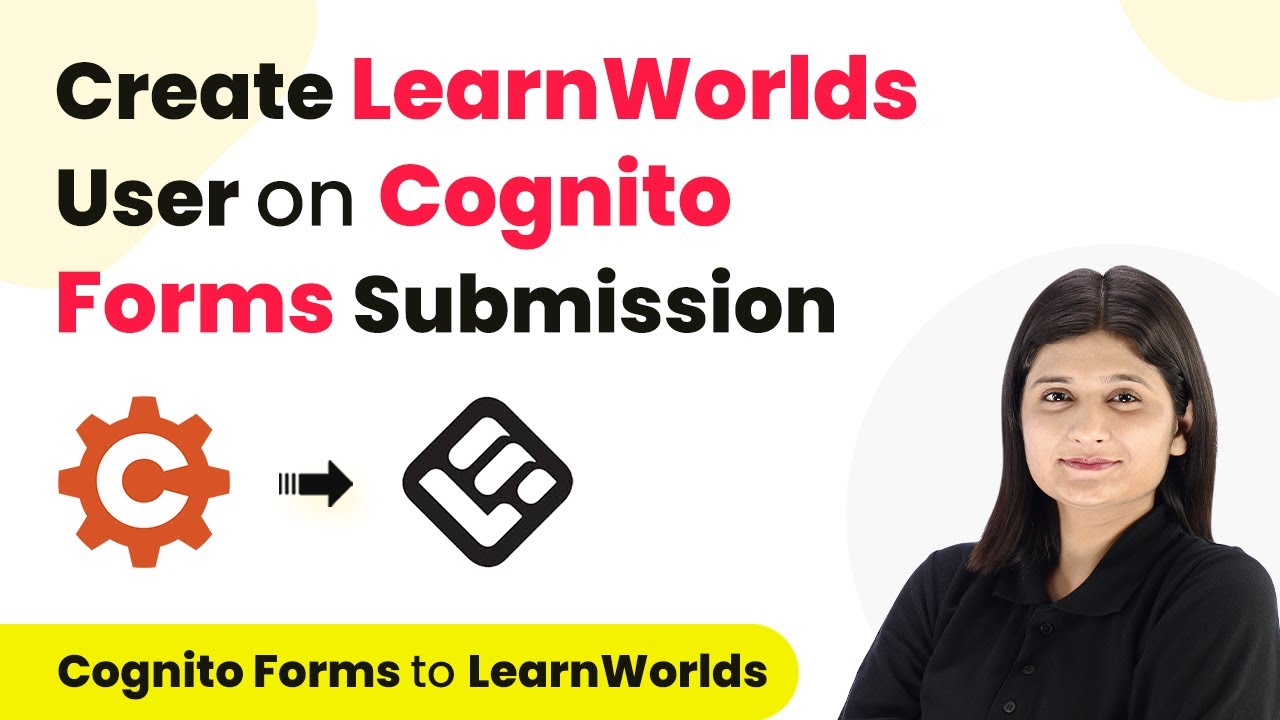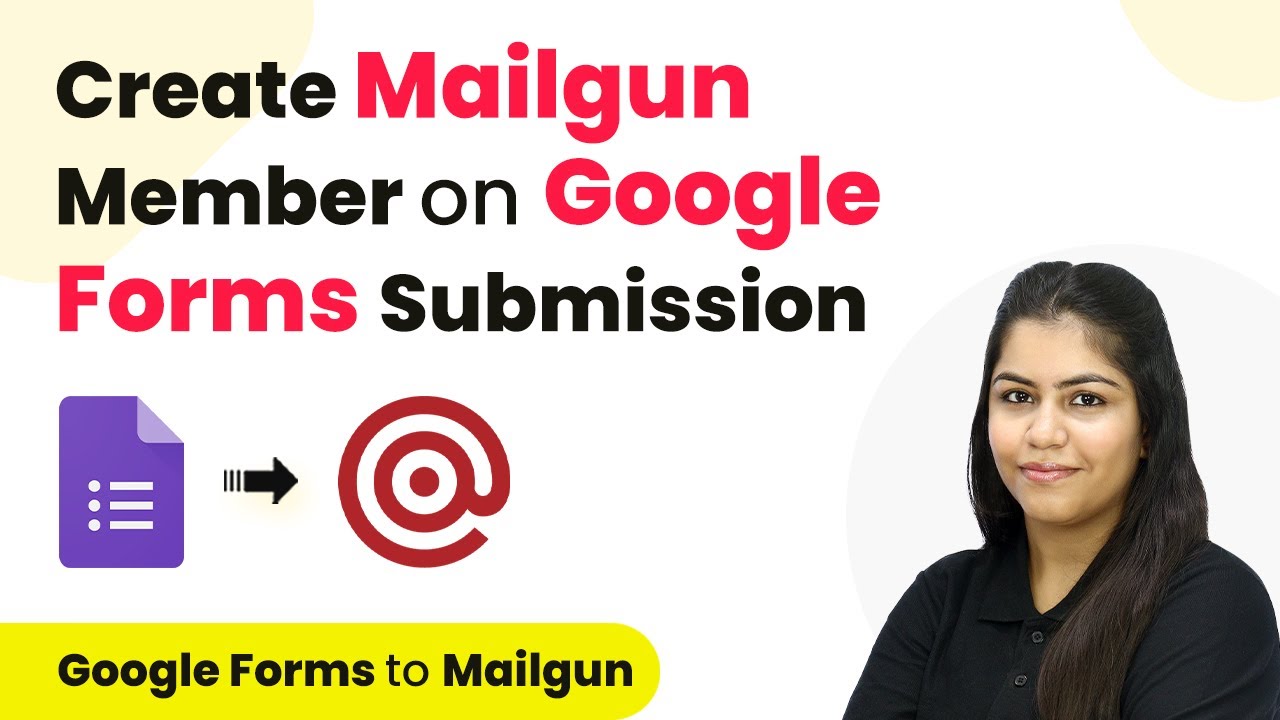Learn how to automate user enrollment in Zenler through Elementor form submissions using Pabbly Connect with this detailed tutorial. Explore systematic approaches to creating efficient automation solutions that convert technical concepts into practical, implementable instructions.
Watch Step By Step Video Tutorial Below
1. Accessing Pabbly Connect for Automation
To start automating the enrollment of Zenler users via Elementor form submissions, you’ll first need to access Pabbly Connect. This platform allows seamless integration between various applications without the need for coding.
Open your browser and navigate to the Pabbly Connect website. If you are a new user, you can sign up for free and receive 100 tasks monthly. Existing users should click on the ‘Sign In’ button to access their accounts and then click on ‘Access Now’ for Pabbly Connect.
2. Creating a New Workflow in Pabbly Connect
Once logged into Pabbly Connect, the next step is to create a new workflow. Click on the ‘Create Workflow’ button, then name your workflow as ‘How to Enroll Zenler User on Elementor Form Submission’. Choose a folder to save your workflow, such as ‘Automations’.
After clicking ‘Create’, you will be directed to the workflow window, where you will set up the trigger and action. The trigger is the event that starts the workflow, and the action is what happens as a result. Here, the trigger will be the Elementor form submission, while the action will be to enroll a user in Zenler.
3. Setting Up the Trigger for Elementor Form Submission
In your workflow, select Elementor as the trigger application. You will then need to choose the trigger event, which is ‘New Form Submission’. Upon selection, Pabbly Connect will provide a webhook URL that you will need to copy for the next steps. using Pabbly Connect
- Select Elementor as the trigger application.
- Choose ‘New Form Submission’ as the trigger event.
- Copy the provided webhook URL for integration with Elementor.
Next, open your Elementor account, locate the form you wish to integrate, and navigate to the ‘Actions After Submit’ section. Add a new action and select ‘Webhook’. Paste the copied URL and click ‘Publish’ to save your changes.
4. Enrolling a User in Zenler via Pabbly Connect
With the trigger set up, the next step is to configure the action to enroll the user in Zenler. In Pabbly Connect, select Zenler as the action application and choose the action event ‘Enroll User to a Course’. You will need to connect your Zenler account by providing the required API key and school/account name. using Pabbly Connect
To find your school name, check the URL of your Zenler account, which is located between ‘https://’ and ‘.zenler.com’. After entering the school name, obtain your API key from the Zenler settings and paste it into Pabbly Connect. Save the connection to proceed.
- Select Zenler as the action application.
- Choose ‘Enroll User to a Course’ as the action event.
- Enter your school name and API key to connect Zenler.
After successfully connecting, specify the course ID for the course you want users to enroll in. Map the email, first name, and last name fields from the previous trigger step to dynamically enroll users based on their submitted form information.
5. Testing the Automation Workflow
To ensure everything is functioning correctly, perform a test submission using the Elementor form. Fill in the required fields and submit the form. Pabbly Connect will capture this submission and trigger the workflow to enroll the user in Zenler. using Pabbly Connect
Check your Zenler account to confirm that the new user has been enrolled in the specified course. You should see the user’s details reflecting the information submitted through the Elementor form. This confirms that the automation is working as intended, allowing for efficient user enrollment without manual intervention.
Conclusion
In this tutorial, we explored how to automate user enrollment in Zenler upon Elementor form submission using Pabbly Connect. By following these steps, you can streamline your enrollment process and enhance user experience without any coding knowledge.
Ensure you check out Pabbly Connect to create business automation workflows and reduce manual tasks. Pabbly Connect currently offer integration with 2,000+ applications.
- Check out Pabbly Connect – Automate your business workflows effortlessly!
- Sign Up Free – Start your journey with ease!
- 10,000+ Video Tutorials – Learn step by step!
- Join Pabbly Facebook Group – Connect with 21,000+ like minded people!
